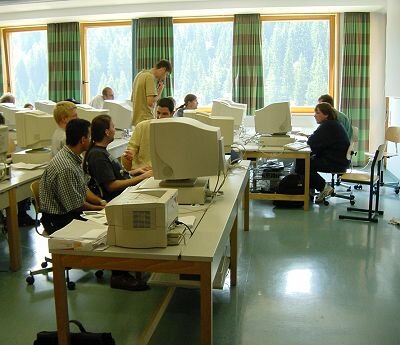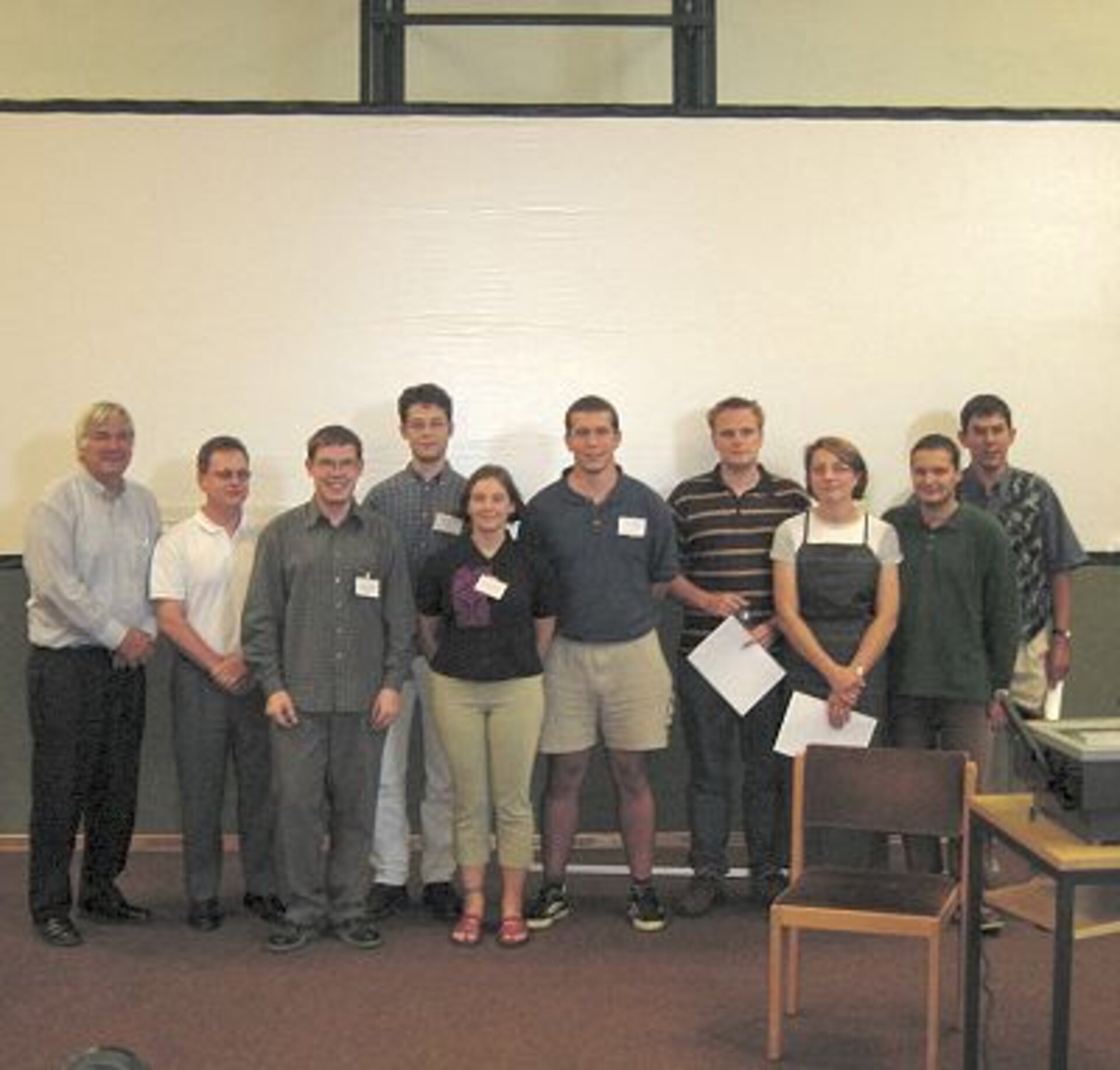Summer school comes up with new ideas for satellite navigation systems
University students studying space or related topics met recently in Alpback, Austria for the 25th Summer School. From 17 to 26 July, two students from each of ESA’s 15 Member States plus Canada, got together with 30 experts on space to discuss and develop new futuristic ideas for the innovative use of satellite navigation systems.
The Summer School was organised by the Austrian Space Agency (ASA) and the Austrian Federal Ministry of Transport, Innovation and Technology together with ESA and the national space authorities of its Member States. This annual event has a high reputation worldwide for its promotion of young space scientists. It enables leading researchers in the field of satellite navigation to discuss ideas with their peers and to gain from the knowledge of experts in this field.
Discussions took place in lectures and workshops dealing with specific issues of satellite navigation. Participants are divided into workgroups and encouraged to come up with new ideas for commercial applications of satellite navigation systems. At the end of the summer school a jury selects the most successful team. This year’s winners were the working group on Sonar Underwater Navigation Systems (SUNS).
The SUNS system can determine positions underwater by the use of small buoys which broadcast the position and time references by sonar signals. The challenge is to develop a model for the propagation of the sonar signals. Such a system could be of use to individuals such as divers as well as professional companies searching the seabed.
All the workshops came up with interesting ideas. One group examined solutions for future traffic problems using satellite navigation systems. This included trying to resolve the problem of diminishing parking areas in inner cities and developing a guidance system for the visually impaired.

Another working group focused on telematic applications with special regard to the Personal Assistant for Navigation, Information and Communication (PANIC). The goal was to develop a navigation and information system for pedestrians in urban areas. Using GPS and terrestrial networks, this technique could make life easier for tourists, drivers and older citizens.
Other applications for satellite navigation techniques examined by the workshops included a proposal to equip more geostationary satellites with GNSS-receivers, in order to guarantee a better sounding of ionosphere and plasmasphere. This would enable the data collected to make a valid contribution to exploring the outer atmosphere and predicting space weather.
Yet another idea was to sound the atmosphere using medium earth orbiters (SAUMEO). SAUMEO tries to improve the observational database for weather forecasting, climate change monitoring and disaster management. In the future, it may be possible to put GPS-receivers on Galileo satellites to guarantee global coverage and a nearly uniform distribution of meteorological data.
According to another group working on the Advanced-rotating Radio Occultation Neutral Atmosphere and Ionosphere Sounding Mission (ACRONIM), a test configuration of two satellites with an option of extension could provide insight into occulted fields of ionosphere and neutral atmosphere. By combining different satellite-based-navigation techniques, such as MEO-LEO occultation and LEO-LEO path delay, various measurements will be possible to ensure an optimised sounding of atmosphere.
As can be seen, there was no shortage of ideas at this year’s Summer Camp. More information and details on all the projects discussed will be published in a forthcoming issue of the ESA Bulletin.




